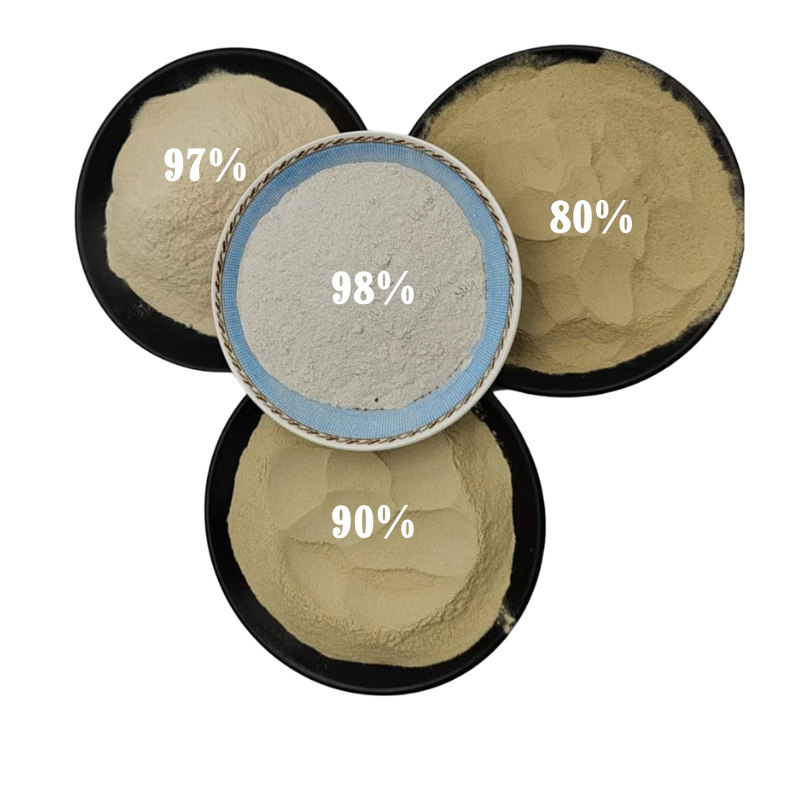
different types of activated carbon
Different Types of Activated Carbon
Activated carbon, also known as activated charcoal, is a porous material with a vast surface area, making it highly effective for adsorbing impurities and contaminants from air, water, and various substances. Its unique properties stem from a process known as activation, which involves treating the carbon source with heat or chemicals to create small, low-volume pores. Due to its versatility, activated carbon is utilized across various industries, with numerous types tailored to specific applications. This article explores the different types of activated carbon and their unique characteristics.
1. Granular Activated Carbon (GAC)
Granular activated carbon consists of small granules, typically ranging from 0.5 to 5.0 mm in diameter. GAC is widely used in water treatment processes, air purification, and in the food and beverage industry. Its larger particle size allows for greater flow rates and lower pressure drops, making it ideal for applications where water or air needs to pass through in bulk. GAC is particularly effective at removing chlorine, volatile organic compounds (VOCs), and taste and odor compounds from water.
2. Powdered Activated Carbon (PAC)
Powdered activated carbon is much finer than GAC, with particle sizes generally below 0.18 mm. Due to its high surface area, PAC is highly effective at adsorbing impurities and is often used in processes that require quick adsorption, such as batch treatments and point-of-use applications. PAC is commonly used in municipal water treatment plants to improve the quality of drinking water. Its fine particles can easily be integrated into a solution, allowing for rapid interaction with contaminants.
3. Extruded Activated Carbon (EAC)
Extruded activated carbon takes the form of cylindrical pellets and is produced by extruding carbonized materials through a die. This type of activated carbon has a uniform particle size, which leads to consistent flow characteristics. EAC is often used in applications where durability and minimal dust generation are crucial, such as in gas phase adsorption systems. Its structure allows for optimized kinetics and improves the overall efficiency of the adsorption process.
different types of activated carbon

4. Bead Activated Carbon
Bead activated carbon is similar to EAC but is produced in spherical beads rather than cylindrical shapes. This form provides excellent flow dynamics and structural integrity, making it highly effective in liquid-phase applications. Bead activated carbon is frequently used in water treatment systems, especially in situations where a high resistance to backwashing is required. Its shape minimizes pressure drop and maximizes liquid contact, enhancing treatment efficiency.
5. Impregnated Activated Carbon
Impregnated activated carbon is a specialized type of activated carbon that has been treated with chemicals to enhance its adsorption capabilities for specific contaminants. Commonly used impregnating agents include potassium iodide, which enhances the carbon's ability to adsorb gases, and silver, which provides antimicrobial properties. This type of activated carbon finds use in air filtration applications, especially in environments where the removal of particular noxious gases or pathogens is essential.
6. Specialty Activated Carbon
Beyond the traditional forms mentioned, specialty activated carbons are designed for specific applications and industries. For instance, catalytic activated carbon combines the adsorption properties of activated carbon with catalytic functions to promote chemical reactions, aiding in the breakdown of pollutants. Additionally, there are activated carbons tailored for medical applications, such as in detoxification and drug delivery systems.
In conclusion, the different types of activated carbon each possess unique properties that make them suitable for various applications. From granular and powdered formats for water treatment to specialized forms for industrial and medicinal uses, activated carbon is a crucial material in enhancing air and water quality globally. Understanding the distinctions among these types allows for better selection and application according to specific needs, ultimately contributing to environmental protection and public health.
Share
-
Premium Metallic Mica Solutions Custom Factory & OEM ManufacturerNewsJul.05,2025
-
Premium Natural Zeolite Sand – Custom Manufacturers & Factories High Purity & Versatile UseNewsJul.04,2025
-
Premium Microsilica Silica Fume Powder Custom Manufacturers & Factories SolutionsNewsJul.04,2025
-
Premium Clay Pebbles for Drainage – China Manufacturer & OEM Factory SolutionsNewsJul.04,2025
-
Vermiculite Wholesale – Premium Quality, Bulk Supply & Competitive PricingNewsJun.10,2025
-
Premium Glass Pebbles Custom Glass Pebbles Factory & OEM Manufacturer Reliable Custom Glass Pebbles FactoriesNewsJun.10,2025






